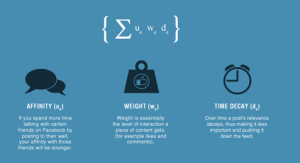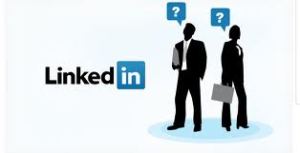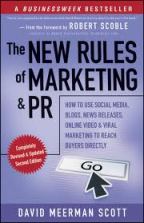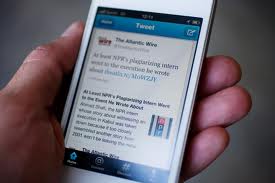As a small business owner and entreprenuer you know you need to communicate with your customers online. You also know that you need to have a mixture of original and shared content if you are to build a reputation for being an expert in your niche or industry.
Let me rephrase this. If you want to build a reputation for knowing your stuff, you need to create and publish content.
Content comes in various forms. You need to figure out how your customers like to receive and read information from you. Below is a quick list of mediums:
1. Digital newsletters – you’ll need to write articles.
2. Facebook posts and images – you’ll need to create some text. Keep it short. Facebook isn’t designed for longform writing.
3. A blog – you’ll need to write articles, respond to comments from your customers and like and comment on another bloggers’ content.
4. Write commentary/opinion pieces on what others in your niche or industry are posting or comment on any news topics in your area of expertise.
Anyone that knows me knows that I’m a firm believer that blogging is a must for small business. The blog acts as your fuel to ignite your social media efforts across all your channels. It also gives your brand a direct line of communication to your customers and helps give your brand voice and personality. This is essential to your brand equity.
Once you’ve created your original content, upload your link across all your social media profiles and watch your following grow.
Note: Blogging is a vast subject so I’ll dedicate more space to this at another time. Please let me know if you’re interested in learning about blogging and what you’d specifically like to know.
Let’s assume for now that you don’t currenty have a blog and you want to start streamlining your own posts across your social media sites. Or if you do already have a blog – great! A content caledar will come in very handy.
You should be posting at least twice-a-day on Facebook and 15 times a day on Twitter (more on this in another post). A content calendar can help take the stress out of the posting process, help keep you organised and make posting an easier, quicker process.
First, let’s brainstorm Content Ideas:
1. Make a list of all the questions your customers have asked you. Your content should answer them.
2. Identify and list all the expert, thought-leaders in your niche/industry. Interview them and write about it.
3. Identify and list the top journalist in your niche/industry. Summarise the articles you believe your customers will find interesting and add your comment/opinion.
4. List all the products/services customers use in your niche/industry and review them.
5. Identify best practice for your niche/industry. Comment on them.
6. Have any interesting or exciting developments occured at your workplace? New staff members? Accreditations? Awards? Jot all this down.
Make sure you keep adding to your brainstorming information as new developments take place. Identify any patterns or reoccuring themes.
Now, check out my How-to list on how to design a content calendar:
1. Jot down each day of the week from Monday through to Sunday.
2. Give each day a title. For example: Motivational Marketing; Talented Tuesday; News on Wednesday; Throwback Thursday; Thank goodness it’s Friday; Saavy Saturday; Serene Sunday. Your niche or industry will dictate the type of days that will make sense. In the brainstorm session, however, don’t get too hung up on this. Just go for it. You can edit later. It’s more important to get something down.
3. From here, make a list under each day about possible topics that relate to the catchphrase of the day.
4. Finally, open a PowerPoint slide. Insert a date and day at the top right corner and add your text and image. This is your month’s content calendar.
5. However, if your brand is across numerous social media channels, you may want to create one master content calendar, where you can easily view each post. This will really help organise your social media marketing and provide your plan in one glance. Have all your social media channels in a column on the left and give each channel on the right a different colour. You’ll find a great example here: At Solo PR Pro:
Here’s an example:
Once you have your content mapped out you might like to go ahead and create a scheldue using a program such as Hootsuite or Sprout Social (I can write more about social media marketing scheduling tools in another post).
Being organised makes good business sense and helps keep us sane and happy. Have fun with your social media and remember the 80/20 rule – 80% of information you post is informative, entertaining and useful and 20% is self-promotion and marketing.
If you keep the 80/20 rule in mind and respond and communicate with your customers in a kind, authentic way, your brand equity will get better and better with each post.
Enjoy! And please don’t hesitate to comment or ask me any questions about this and other communication topics.


















